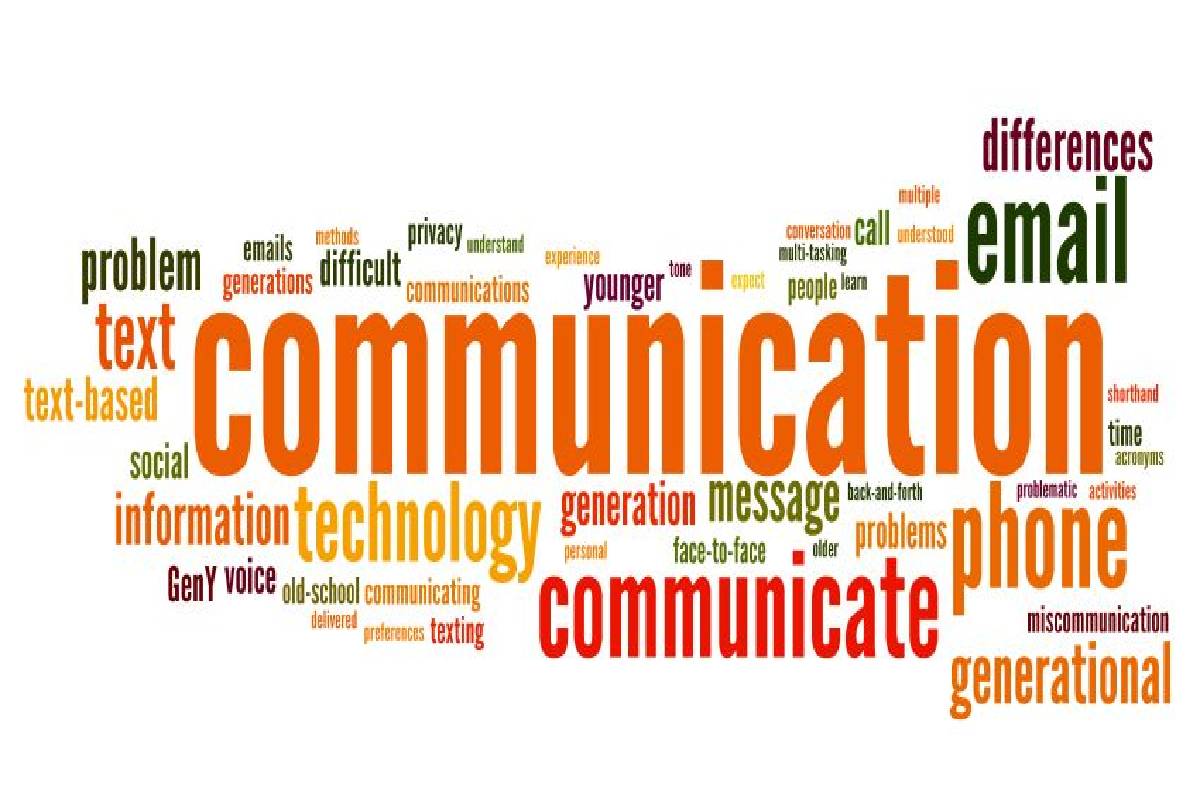We can talk about the features of communication when we want to achieve understanding. It is the assimilation of the information received and the resulting feedback, which signals the effectiveness of communication.
However, this requires certain conditions to be met. For example, if there is a language barrier between people, understanding will definitely not happen. Besides, there may also be certain difficulties during the transmission of information, which also hinders the adequate perception of the message.
Table of Contents
4 Key Features of Communication
Communication is a form of human interaction and communication, which has several specific features:
- It involves the participation of at least two people, each of whom is given the role of an active subject. The purpose of this mutual information is to establish further joint activities. The specific features of communication consist in the presence of a factor of importance or significance of certain information obtained in the course of the conversation. The reason for determining informational value lies in the desire not only to exchange knowledge and opinions, but also to come to a common understanding of the topic discussed. Everyone worries about being understood correctly. So, the components of the communication process are communication, cognition, and activity.
- Effective communication is possible by ensuring that the interlocutors influence each other with the help of an intelligible system of signs. In other words, informational interaction promotes changes in the behavior and state of mind of those involved in the process.
- Communication can only be effective if the communicator (the one who transmits the data) and the receiver (the receiving subject) use a system of information encoding and recognition that is understandable to both parties. There is a risk of encountering its barriers. They stem from the connection that connects communication and interpersonal relationships. The human consciousness, like a filter, checks all information disseminated in society. The main criterion for the work of this filter is the trust factor. But sometimes it happens that people believe false information and do not accept the true information. Besides, special methods and means are used to weaken this filter, which are collectively referred to as fascination. For example, most often speech is accompanied by music, images, play of shades.
Psychological Features of Communication
The Main Subject of Communication Must Have Formed Social Attitudes
Effective communication depends on compliance with the following conditions:
- Concentration on the partner, that is, it’s necessary to forget for a while about their own experiences and feelings and to direct all attention to the interaction.
- Striving for an unevaluated perception of the other person, a respectful attitude to his opinion, position, manifestations, and judgments.
- Setting to the development of cooperation: It contributes to the organization of a common cause or project, uniting efforts in solving some issues.
The Need to Create a Favorable Environment
The actual needs of the interlocutor shouldn’t be neglected:
- The need to express one’s opinion and achieve understanding. It’s about active listening, which can be non-reflexive (the interlocutor is silent, but the attention confirms in non-verbal ways) or reflective with the use of questions.
- The need for acceptance of his emotions. Satisfaction of emotions occurs using the principle of empathy, that is, the ability to penetrate the feelings of another person, to understand his state of mind.
- The individual’s need for recognition.
At the Heart of Communication Is the Interaction of Individuals
Communication is based on the interaction of subjects (personalities), which consists of the following components: the activity of people, mutual influence, and joint activities as a result of an agreement.
Age Specifics of Communication
Features of communication in the communication of people close in age. Also, here, we can talk about the communication of people who do not emphasize the difference in age and communicate with each other as equals. The age factor is conditional and is taken into account at the will of the interlocutors. Sometimes, even 2-3 years matter, and sometimes, the difference of 30 years isn’t noticed.
Communication with people who are older. In such interactions, the junior usually speaks in an emphatically polite and respectful manner, as the conversation usually consists of the transfer of knowledge and experience and the reception of valuable advice from the senior.
Features of communication of the senior with the junior. In this case, the older person should by no means be allowed to make negative statements, or use a pejorative tone with the younger interlocutor. All of this will inevitably return to the offender by the boomerang rule.
For example, if the senior uses a deliberately disrespectful tone or a disparaging form of address, the same disrespect he or she will hear in the voice of the junior. Friendly communication encourages the conversation to continue and will lead to an important agreement.

